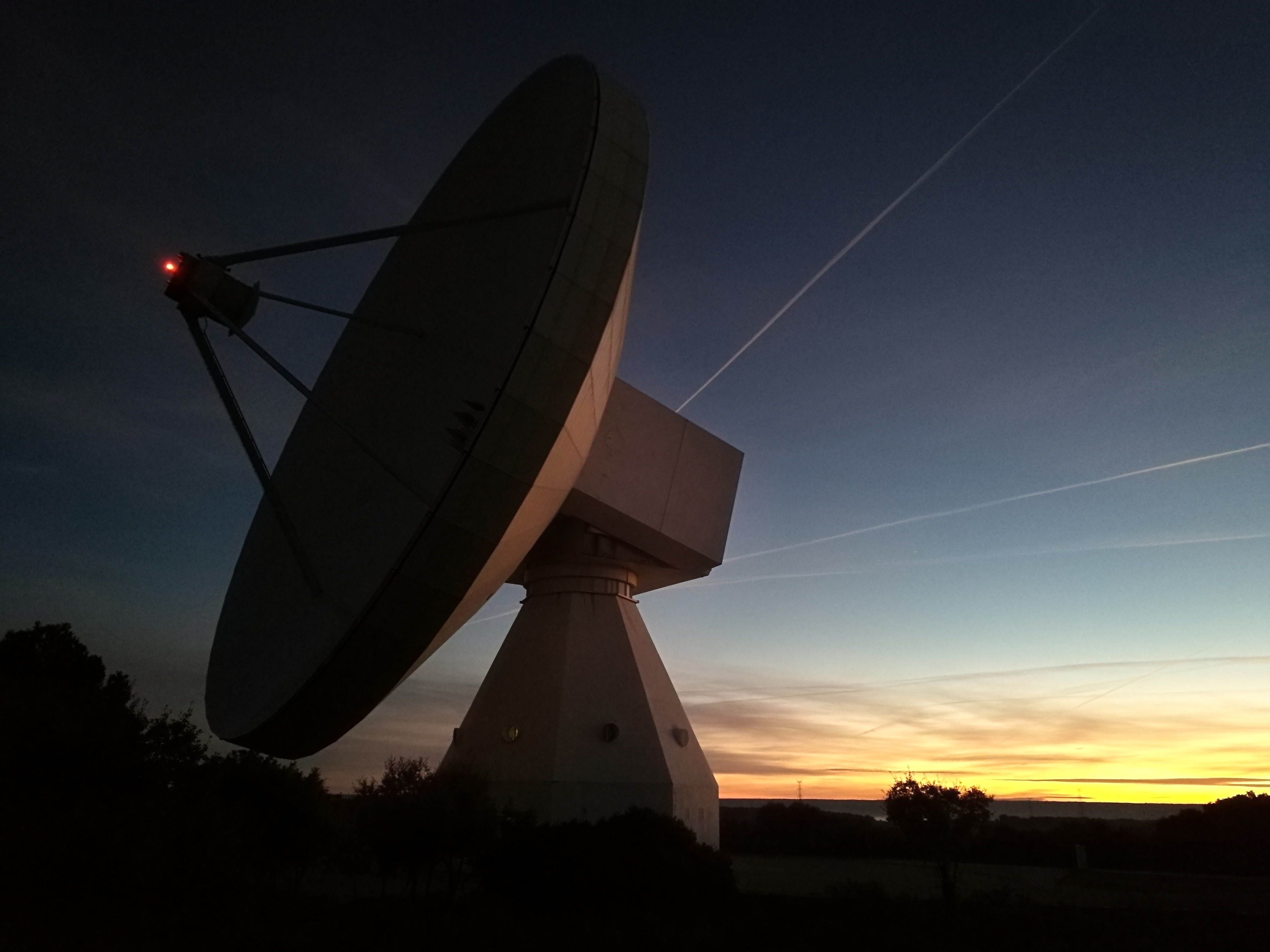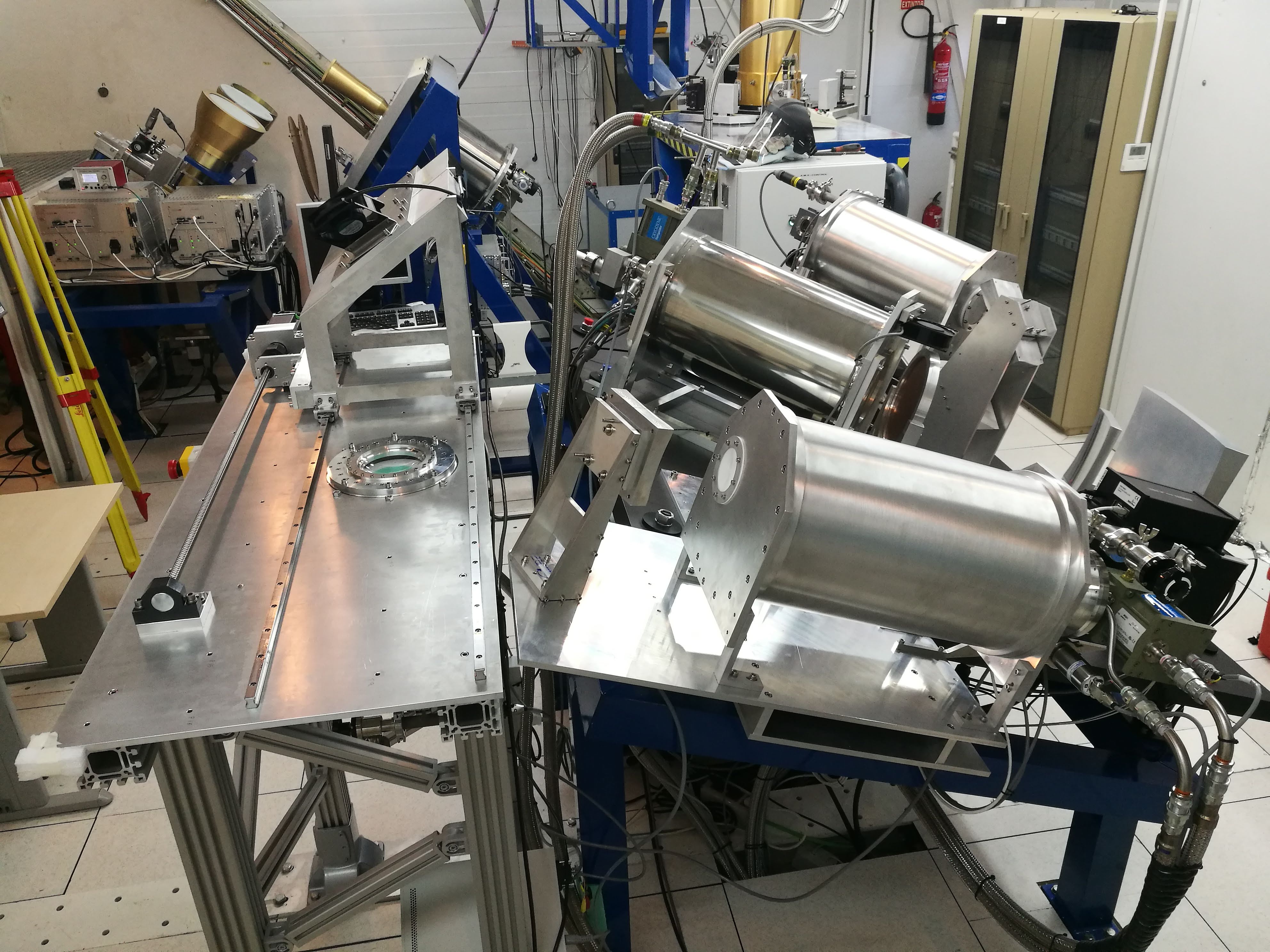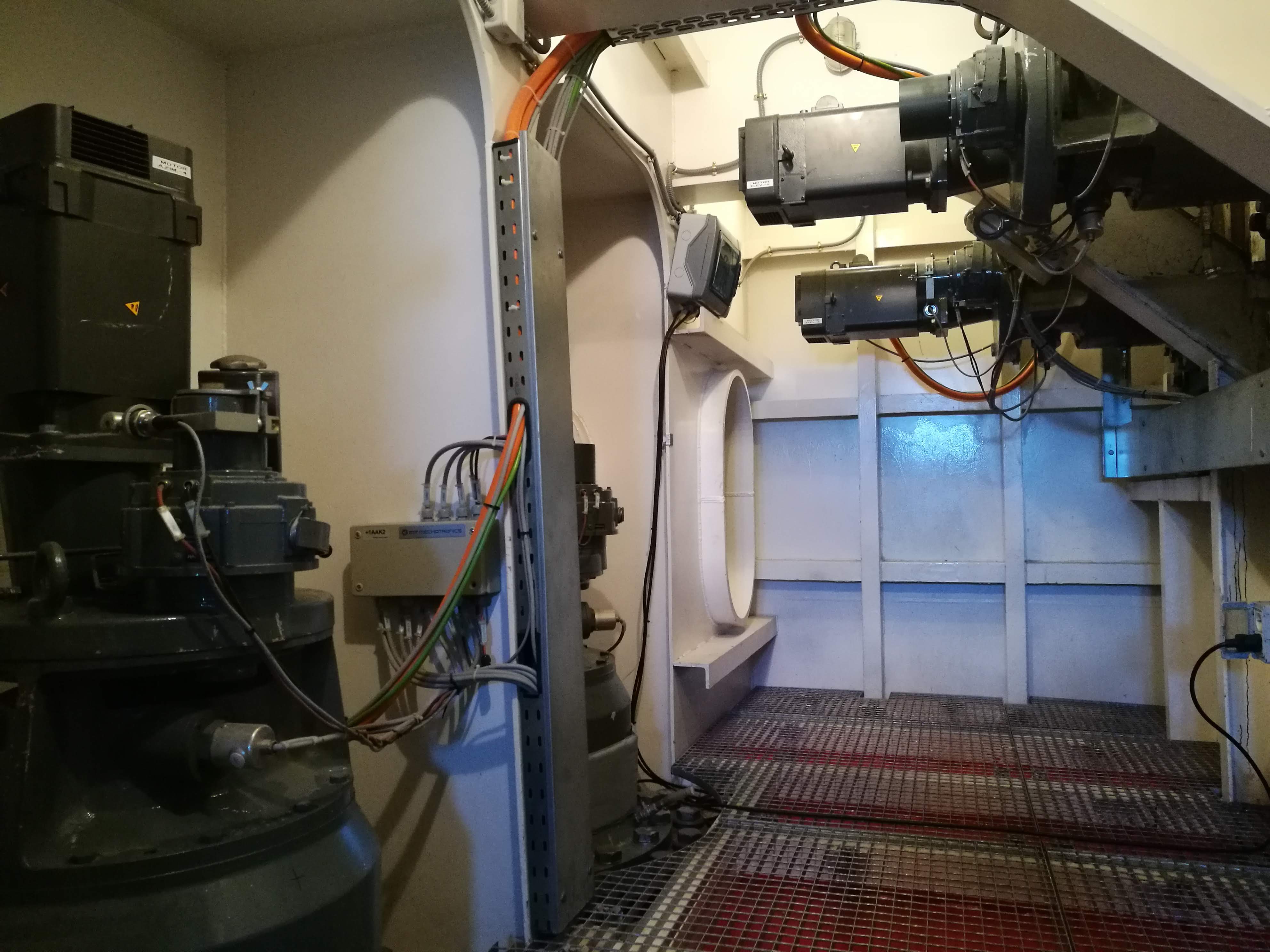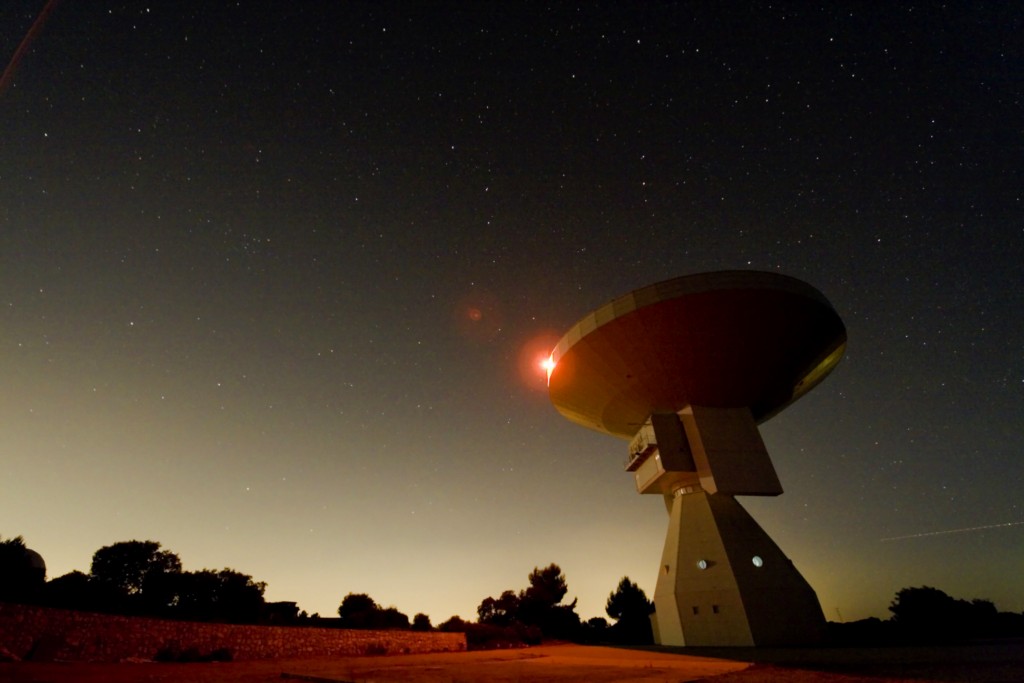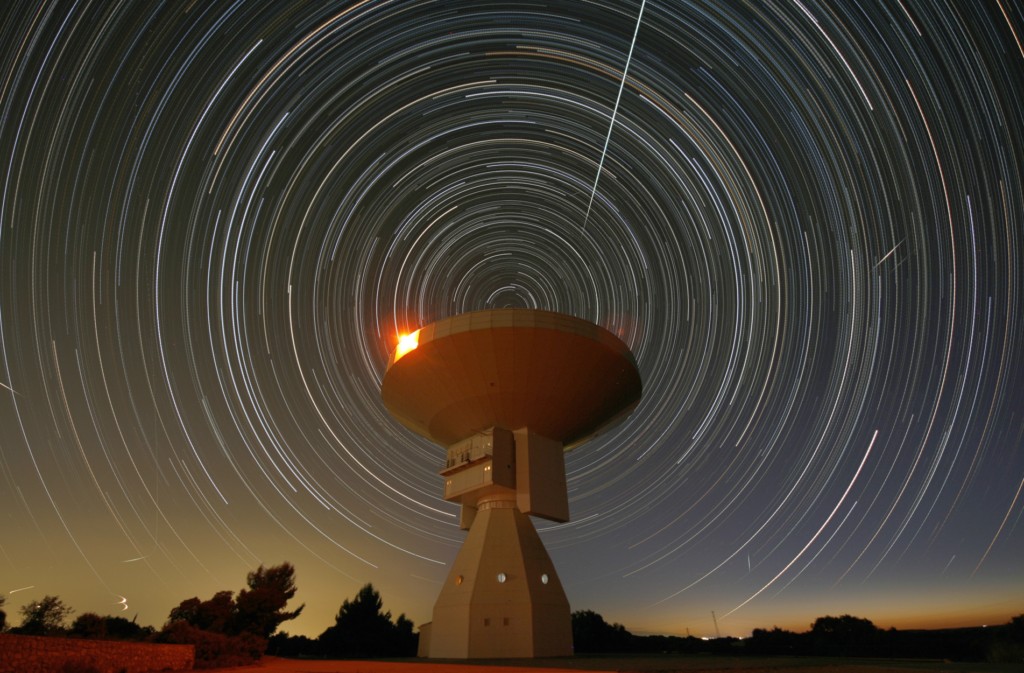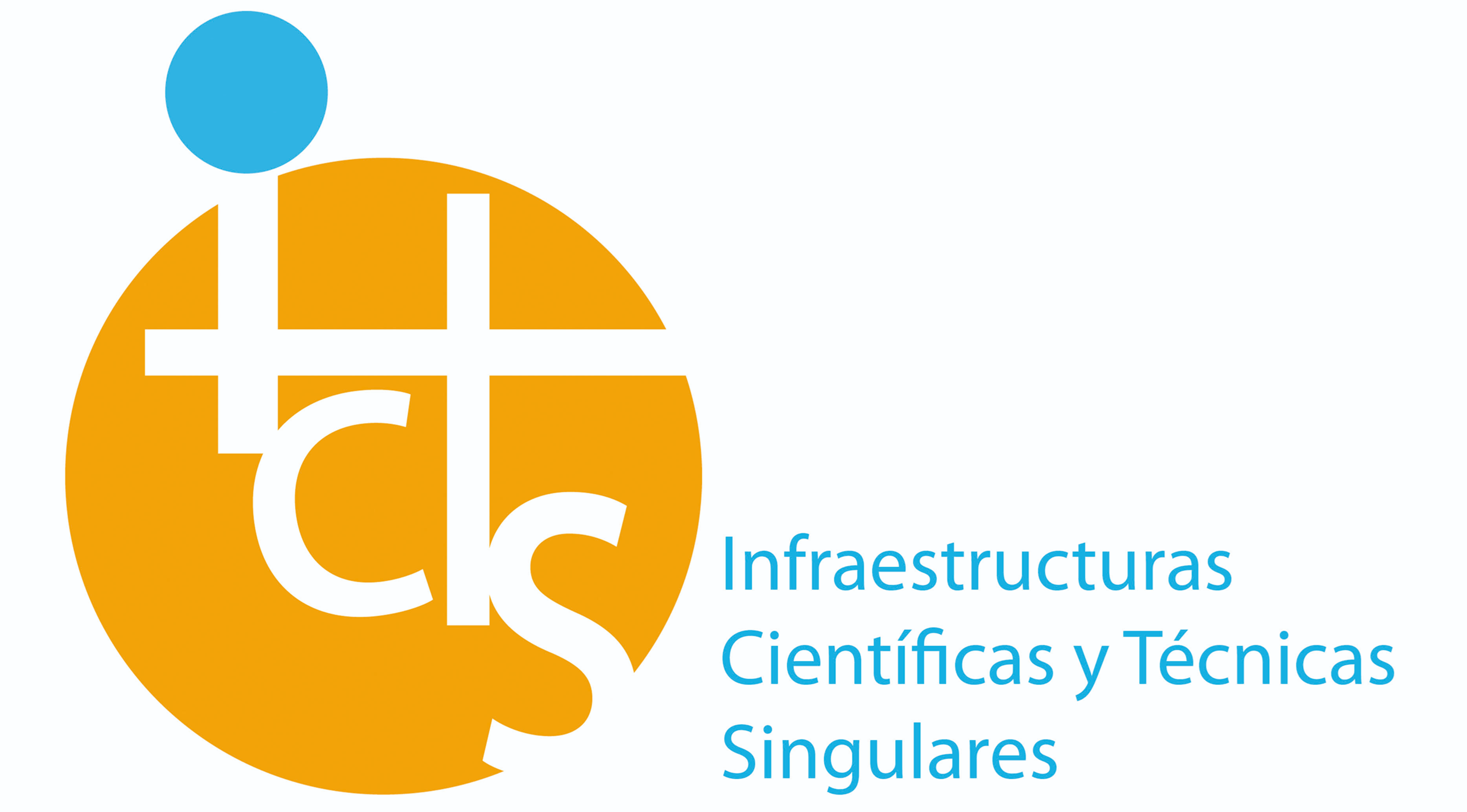Radiotelescopio de 40 metros
El radiotelescopio de 40 m es de tipo Nasmyth, con un reflector parabólico, un subreflector hiperbólico y el foco en la cabina de receptores que se materializa a través de espejos planos o con curvatura. El telescopio se mueve en acimut y elevación y su montura es una cabeza rotante de tipo alto-azimutal. La superficie colectora está compuesta por 420 paneles de aluminio cuya posición sobre la estructura se puede ajustar manualmente. La estructura sigue un diseño homológico.
El radiotelescopio cuenta con receptores criogénicos de radioastronomía en diversas bandas de frecuencia entre 2 y 90 GHz. Así mismo dispone de detectores de radiación espectroscópicos y de continuo instalados a continuación de los receptores. Cuenta con sistemas de digitalización y registro de datos así como referencias de frecuencia y tiempo ultra estables y numerosos equipos electrónicos y de medida auxiliares.
El diseño de los receptores y su fabricación, junto con los módulos de reducción de frecuencia y el montaje de los detectores se ha realizado en el Observatorio. El sistema de control del radiotelescopio así como los programas para la primera reducción de datos han sido diseñados y desarrollados por personal del Observatorio.
El radiotelescopio de 40 m se dedica a observaciones de antena única y de VLBI (Very Long Baseline Interferometry).
Las observaciones de antena única se realizan habitualmente en tres bandas de frecuencia: 18-26 GHz, 32-50 GHz y 72-90 GHz y están dedicadas, por ejemplo, al estudio del medio interestelar y circumestelar a través de la espectroscopía molecular. El acceso al telescopio para la realización de dichas observaciones se hace a través de una convocatoria periódica evaluada por un comité de programas. Las observaciones de VLBI son evaluadas por el comité de programas de la EVN y por el del GMVA.
Las observaciones de VLBI se realizan en conjunto con otros radiotelescopios en el resto del mundo. Las frecuencias de observación empleadas son 2 GHz, 5 GHz, 6 GHz, 8.4 GHz, 22 GHz, 43 GHz y 86 GHz. Las redes en las que participa el RT de 40m son la red Europea de VLBI EVN, la red VLBI milimétrica GMVA, la red geodésica International VLBI Service y otras redes como KaVa y Radioastron.
